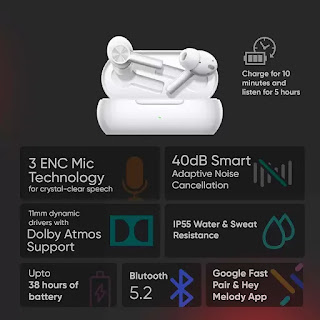The Redmi 13C, priced below Rs 12,000 in India, enters the market as a 5G-enabled smartphone with a sleek premium design. Boasting a 90Hz display, a substantial 5,000mAh battery, and a 50-megapixel dual rear camera setup, it positions itself to compete with other 5G models like the Lava Blaze Pro 5G and Samsung Galaxy M14. The Redmi 13C 5G is available in three colors – Startrail Silver, Startrail Green, and Starlight Black – and offers multiple configurations: the 4GB RAM + 128GB storage variant starts at Rs 10,999, the 6GB + 128GB model is priced at Rs 12,499, and the 8GB + 256GB variant is available for Rs 14,499. Sales are set to commence on December 16 through channels such as Amazon, the Mi online store, and other online retailers.
Featuring a 6.74-inch LCD display with a 90Hz refresh rate, 180Hz touch sampling rate, and 600 nits peak brightness, the Redmi 13C offers a teardrop notch design and Gorilla Glass 3 protection. The device is both dust and splash-resistant. Powering this budget phone is a 6nm MediaTek Dimensity 6100+ processor, the same chipset found in the Realme 11x and Realme 11 5G. Additionally, the phone supports RAM extension up to 16GB using its internal storage. Operating on the Android 13 platform, the device houses a dual rear camera system led by a 50-megapixel primary sensor. A robust 5,000mAh battery fuels the device, supporting 18W fast charging, although the bundled charger is a 10W variant. While an official IP rating is not provided, Xiaomi assures users of its splash-resistant and dust-protected features. Connectivity options include Wi-Fi ac, Bluetooth 5.3, a 3.5mm headphone jack, and a USB Type-C port.


















.jpg)




.jpg)